Let’s cut to the chase: AI isn’t just the future—it’s right NOW.
And if you’re not building skills that’ll keep you relevant in 2025 and beyond, you’re playing career roulette.
The good news? You don’t need a PhD or a Silicon Valley pedigree to win this game.
I’ve spent the whole 2024 digging into industry reports, talking to engineers at top AI firms, giving talks working with clients, and reverse-engineering what are the key skills that AI engineers need.
What you’re about to read isn’t theoretical fluff. It’s the exact playbook that I shared with my top tier clients, and it’s also companies like OpenAI and Anthropic are using to train their teams right now.
These 10 skills are your golden ticket.
Master them, and you’ll be the person companies fight to hire when they’re building the next ChatGPT or self-driving car.
Let’s dive in.
1. Prompt Engineering (Yes, It’s Still a Thing)
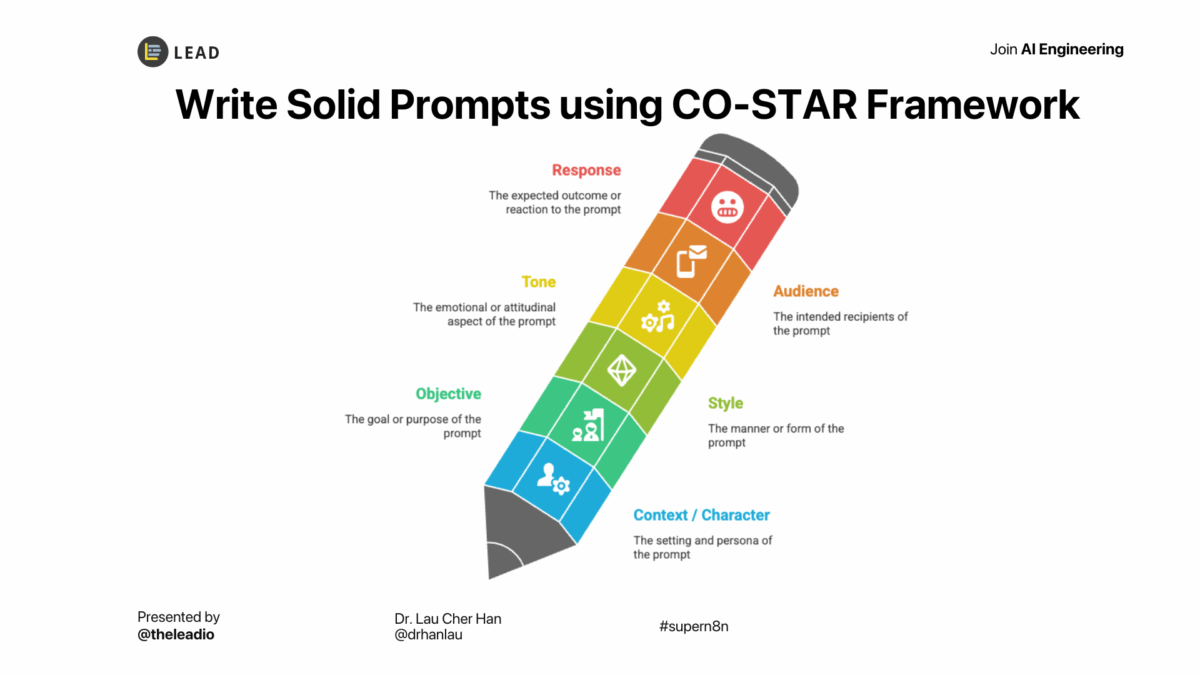
“Just talk to it like a person!” they said.
“It’ll be easy!” they said.
Then reality hits: 73% of AI projects fail because teams can’t consistently get useful outputs from LLMs.
The secret sauce? Structure your prompts like you’re briefing a brilliant but literal-minded intern.
Start with:
The Ask: “Write a Python function to calculate Fibonacci sequences”
The Rules: “Use recursion, include docstrings, no external libraries”
The Example: “Here’s how we did it for factorial calculations: [code snippet]”
Tools like LangChain’s prompt templates are game-changers here.
And no, ChatGPT won’t make this skill obsolete—the best prompt engineers are getting $375K/year because they know how to make AI sing.
2. RAG – Your Superpower
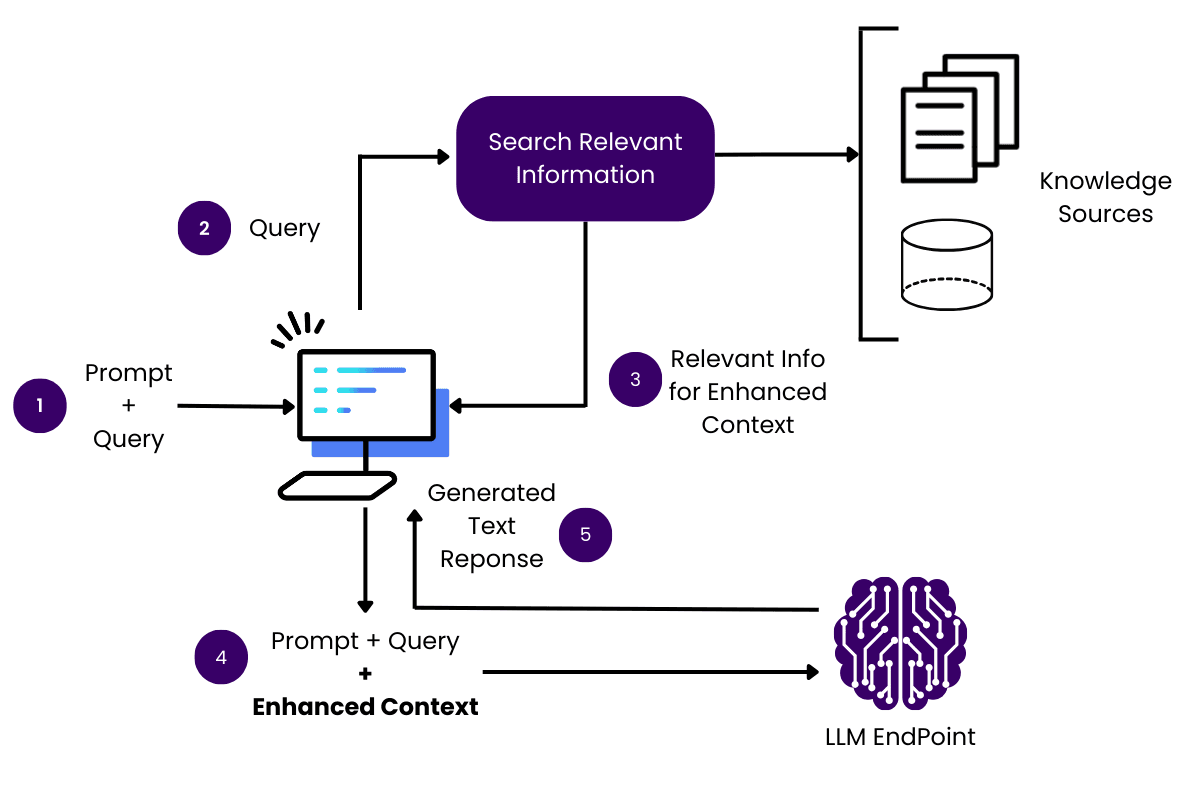
Retrieval-Augmented Generation (RAG) isn’t just a buzzword—it’s how you make your AI smarter and stop it from hallucinating.
Think of RAG as giving your AI a research assistant. You’re combining:
- Vector Databases (ChromaDB, Pinecone)
- Embedding Models (BERT, GPT-4)
- High-quality custom data
A good use case is a financial analysis bot that pulls the latest financial report from securities commissions before commenting on the company’s performance.
Companies that use RAG also see 40% fewer errors in factual responses.
Pro tip: Start with LlamaIndex to prototype RAG systems faster.
3. Fine-tuning Models
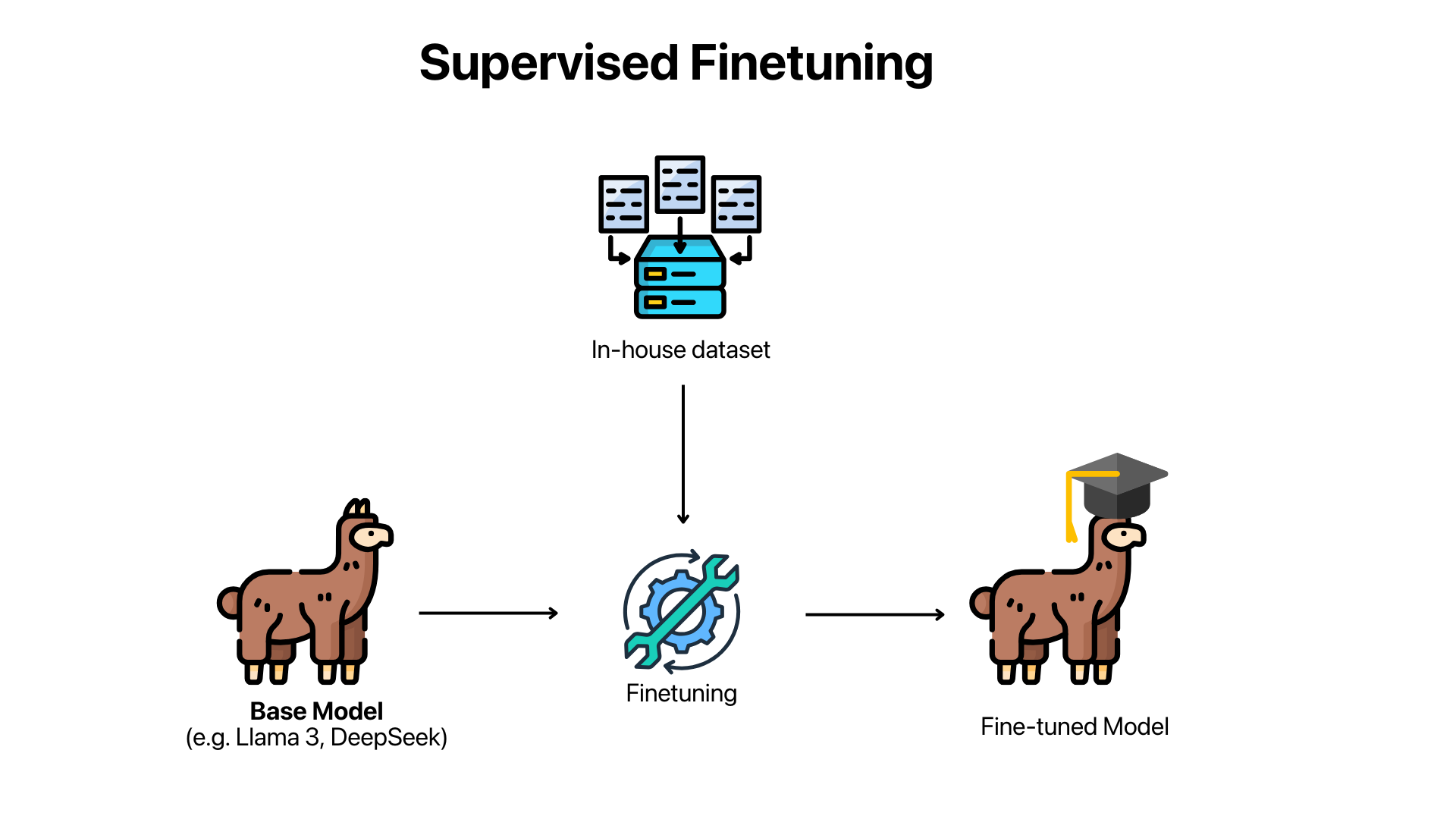
Sometimes, the models don’t quite behave the way we want it to be.
It already has the knowledge, just that the way it presents is not really what we want.
What you need to do is to retrain the model, but you soon realise it is hard to collect, clean and manually label the data and train the model from scratch.
So, we need to fine-tune an existing model to make it sound like us.
Use case: Fine-tune DeepSeek-7B on your company’s support tickets to create a customer service officer who knows your product better than anyone else.
4. AI Agent Orchestration
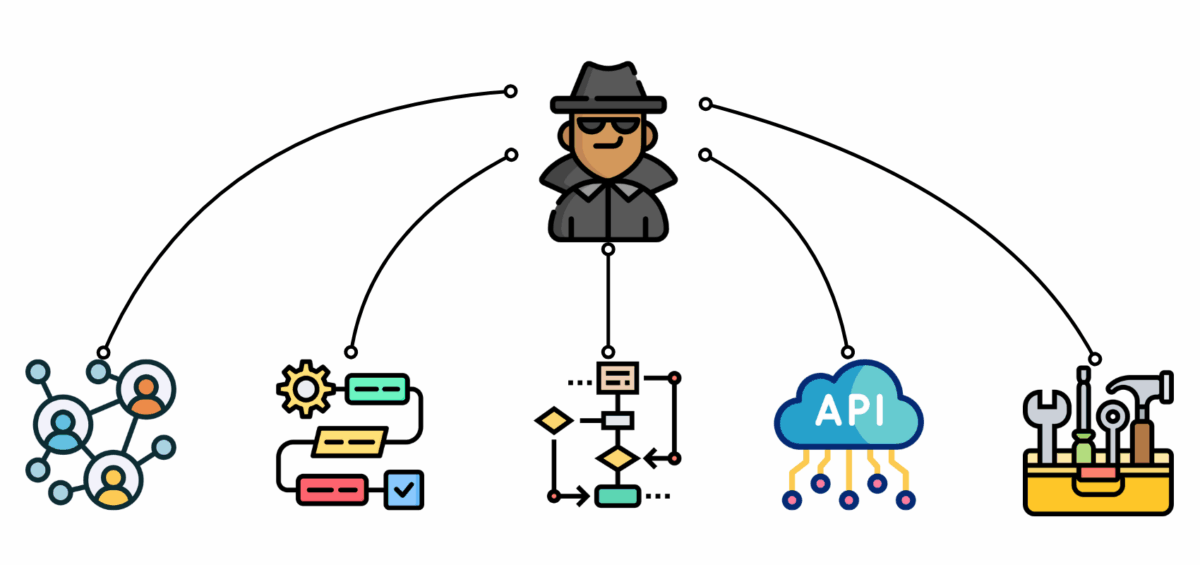
Single AI models are so 2023. The real magic happens when you create AI teams:
Sales Bot → Checks CRM → Pricing Bot → Approval Agent → Contracts Generator
Creating AI agent workflow is not hard. We can use tools like LangGraph for building workflows, CrewAI to create multiple roles, and n8n for automation.
What is more essential is the mindset.
Think of the whole company run in workflow, broken down into processes, and clearly defined the input and output so that every building block is an AI agent. They can run without any human intervention and fall back when an error occurs.
Use case: An e-commerce company automated 89% of customer service by creating a squad of specialized agents for returns, upselling, and tech support16.
5. Multimodal Mastery

AI that only understands text is like a person who can read but can’t see or hear. It’s useful—but limited.
The future of AI is multimodal.
That means AI can understand and work with many types of information at the same time—like text, images, sound, and video.
Text-only AI is just the beginning. The future is models that juggle:
- Vision (DALL-E 3, Qwen-VL) – Models that can either generate image, understand image, or both.
- Audio (Whisper, Bark) – Able to listen text, transcribe, and create human-like speech.
- Video (Sora, Dreamina) – Generate full video from text prompt or a reference image.
Real-world win: Sales call can now be done through video call, that automatically keeps meeting notes, customer requirements, and then take note of important moments, and even make suggestions.
This is not science fiction, it’s happening right now.
6. Edge AI Deployment

Cloud is easy and convenient.
But there are edge cases where running cloud is not ideal, or impossible. For instance:
- Devices that have limited computing power (Smartwatches, IoT devices)
- A farm with no internet or 4G connections.
- A bank mainframe where no external connection is allowed.
- A hospital that does not allow external AI.
That’s why you need to know how to deploy AI to IoT Devices (NVIDIA Jetson), local servers, and small-factor PC like Mac Mini.
Case study: A manufacturing plant saved $2M/year by running defect detection AI directly on assembly line servers instead of sending data to the cloud.
7. No-code AI Tools

A Google Sheets automation using n8n.
Don’t like to write code and debug? No problem.
The rise of no-code AI tools has made AI engineering more accessible than ever. You can automate tasks, analyze data, and deploy AI models—all using drag-and-drop UI.
Here are some tools for you to master:
- n8n
- Knime
- Make.com
These tools let you connect AI and machine learning services like LEGO blocks—building visual workflows with little effort.
One of my students used KNIME to create a no-code system that helps secondary school teachers to mark assignments, highlight mistakes, and provide feedback—all without writing a single line of code.
AI engineering isn’t just for programmers anymore. It’s for builders.
8. Python

If no-code AI tools are like LEGO blocks, Python is the full workshop. It gives you flexibility to build what you need.
Python takes AI engineering to the next level. It lets you fine-tune models, optimize performance, and build custom AI solutions that we can’t do using a drag-and-drop tool.
One of the biggest advantages of Python over no-code tools is its ease of versioning and collaboration.
We can store our code in a GitHub repository, making it easy to manage access, track changes, and maintain security within a team.
This ensures seamless collaboration, allowing multiple engineers to work on the same project without conflicts.
Python is also highly versatile.
It simplifies the process of building APIs, making it easier to integrate AI into real-world applications.
It also supports the development of simple front-end applications using tools like Streamlit and Gradio, allow us to create interactive AI apps with minimal effort.
Trade secrets: The best AI engineers know both. They use no-code for rapid prototyping and automation, then switch to Python when they need more control.
9. App Development
Beyond coding skills, AI engineers need to know how to develop full-fledged applications that utilize AI models.
This involves understanding how to integrate models into user-facing apps, handle user interactions, and ensure the app is efficient and scalable.
Whether using Python with frameworks like Flask or Django for web apps, or developing mobile apps with React Native or Swift, the ability to translate AI capabilities into practical tools is invaluable.
Tools like Streamlit and Gradio make it easier to deploy AI models as interactive web applications, allowing for rapid prototyping and deployment.
By mastering app development, AI engineers can create end-to-end solutions that deliver value to users.
10. AI Ops
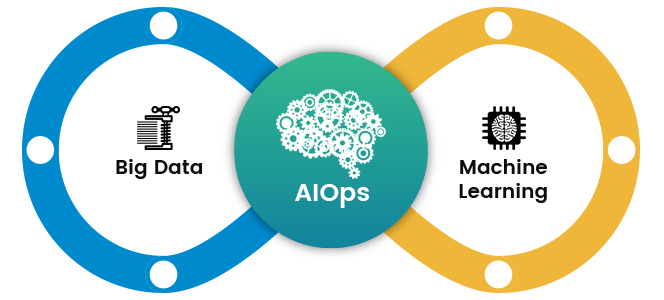
AIOps is the bridge between AI and real-world deployment.
Without it, AI systems can fail silently.
With it, AI runs like a self-optimizing machine.
AI Ops involves the continuous management and optimization of AI systems in production.
This includes monitoring model performance, handling data drift, ensuring data privacy and security, and updating models as needed.
By mastering AI Ops, engineers can ensure that their AI solutions are reliable, efficient, and responsible.
It’s Your Turn Now
So there you have it: the 10 essential skills you need to future-proof your career in AI engineering.
But here’s the thing:
Reading this article is not enough. You need to take action.
So pick one of these skills and start learning it today. Build a project. Take a course. Join a community.
Of course, you can also consider our AI Automation or AI Engineering certification if you are serious.
The future of AI is bright. And with these skills, you can be a part of it.

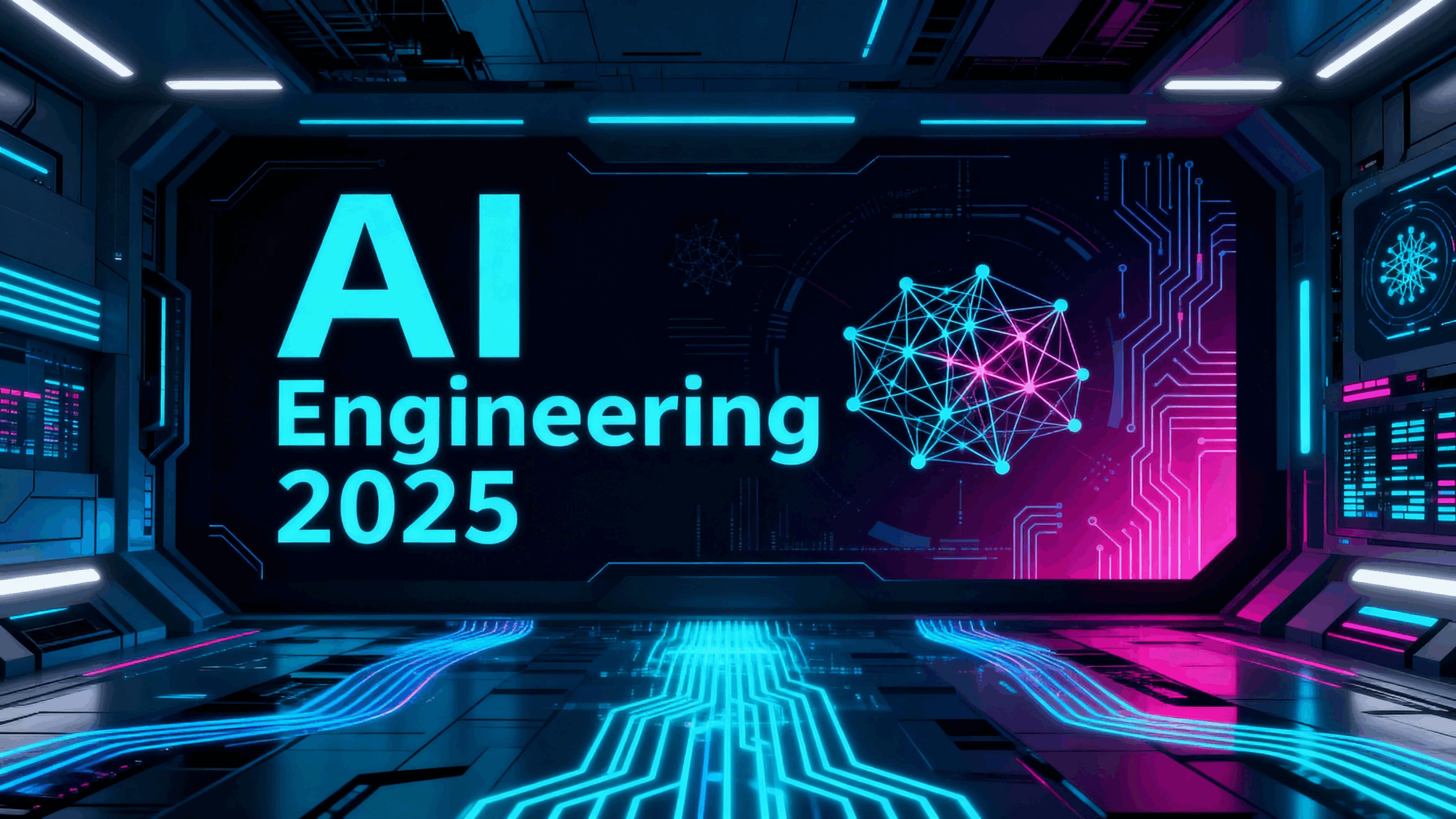

0 Comments